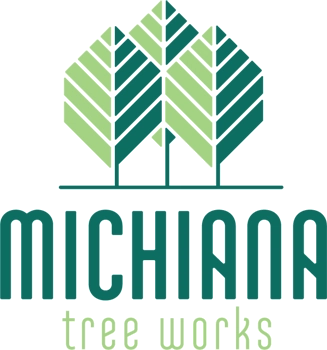How To Choose the Right Elkhart Tree Service
Below, we describe several important factors for looking for a tree removal company. These include licensing, services offered, and more.
Vet the Company's Qualifications
Verify that your tree service provider has insurance, including general liability, professional liability, and workers' compensation insurance. Insurance policies serve to protect both workers and customers. Your company's policy should specifically mention tree work coverage. Otherwise, you may be liable for any injuries or damage on your property. Tree removal doesn't require a mandatory national certification, but companies may employ a certified arborist to complete inspections. An arborist is a specialist who's earned voluntary certifications from the International Society of Arboriculture (ISA). Companies aren't required to have one on staff, but arborists provide the added benefit of training in tree preservation, care, and maintenance.
Get Quotes From Multiple Companies
We recommend soliciting quotes from multiple companies to discover the best deal. This way, you can compare aspects like timelines, included services, and service fees.
Confirm the Company Performs Residential Tree Services
We recommend using a tree removal company that specializes in residential services. These companies have fewer locally -mandated service restrictions than commercial companies, which are required to follow certain local ordinances.
Request a Tree Risk Assessment
A tree risk assessment (TRA) involves visually inspecting a tree to determine the risk of the tree or its branches breaking. This is called tree failure. Assessing tree failure before beginning work helps protect both workers and your property. Some companies offer TRAs for free with their services, while others charge an additional fee. Certified arborists will usually conduct these assessments. Talk to your tree removal company and ensure an assessment is completed before work begins.
Ask About Stump Removal
Ask your tree removal company if stump removal is included with its service. Removing stumps is important because neglected stumps can rot and may attract pests or disease. Your tree removal company will remove your stump either by hand or using specialized equipment. This service costs from $67 to $491, with the typical Elkhart homeowner paying approximately $312.
How Much Does It Cost To Remove A Tree?
The cost of tree removal falls between $304 and $1,338, averaging of $625. Things like tree health, project size, and tree size and type will affect the total price. Emergency tree removal costs about $1,606, and any tree will incur additional fees if it has a higher failure risk or requires additional labor, equipment, or safety precautions. Your provider may charge per acre instead of per tree if you're having multiple trees removed.
Ready to Get a Quote on Your Tree Project?
Please enter a valid 5-digit zip code!
Frequently Asked Questions About Tree Removal in Elkhart
What are some common tree issues?
How are tree trimming and tree pruning different?
How can I tell if a tree is dangerous?
Do I need to hire a professional for tree removal?
Is it okay to leave a downed tree sitting on my lawn?
To share feedback or ask a question about this article, send a note to our Reviews Team at reviewsteam@thisoldhousereviews.com.













